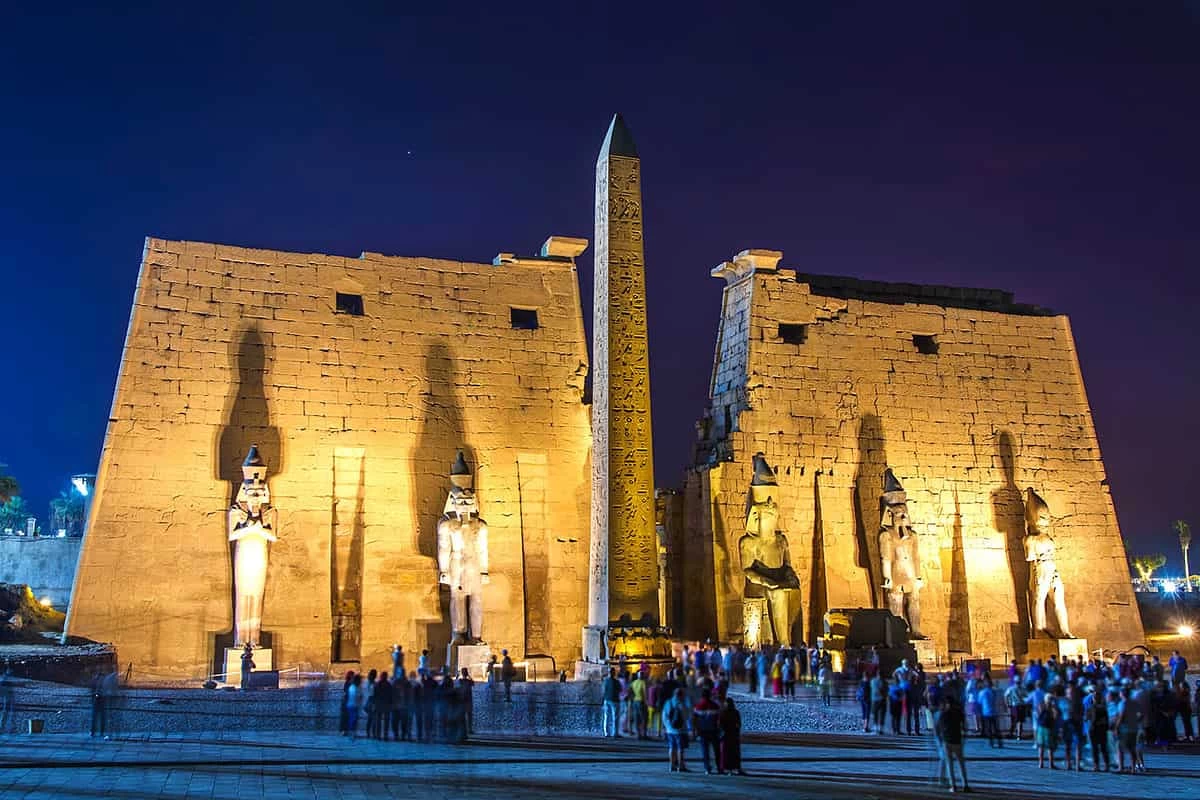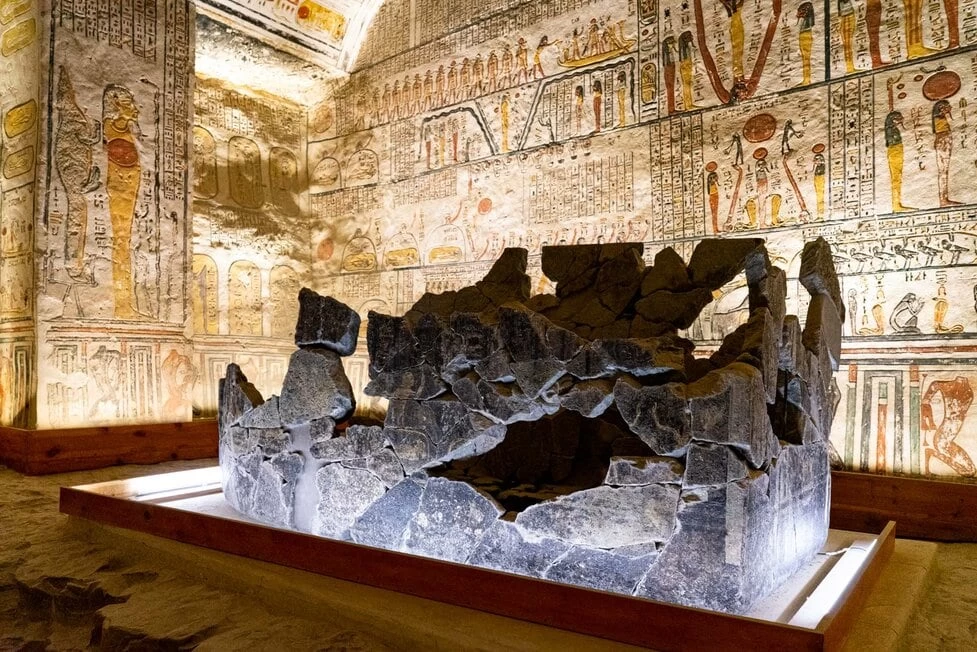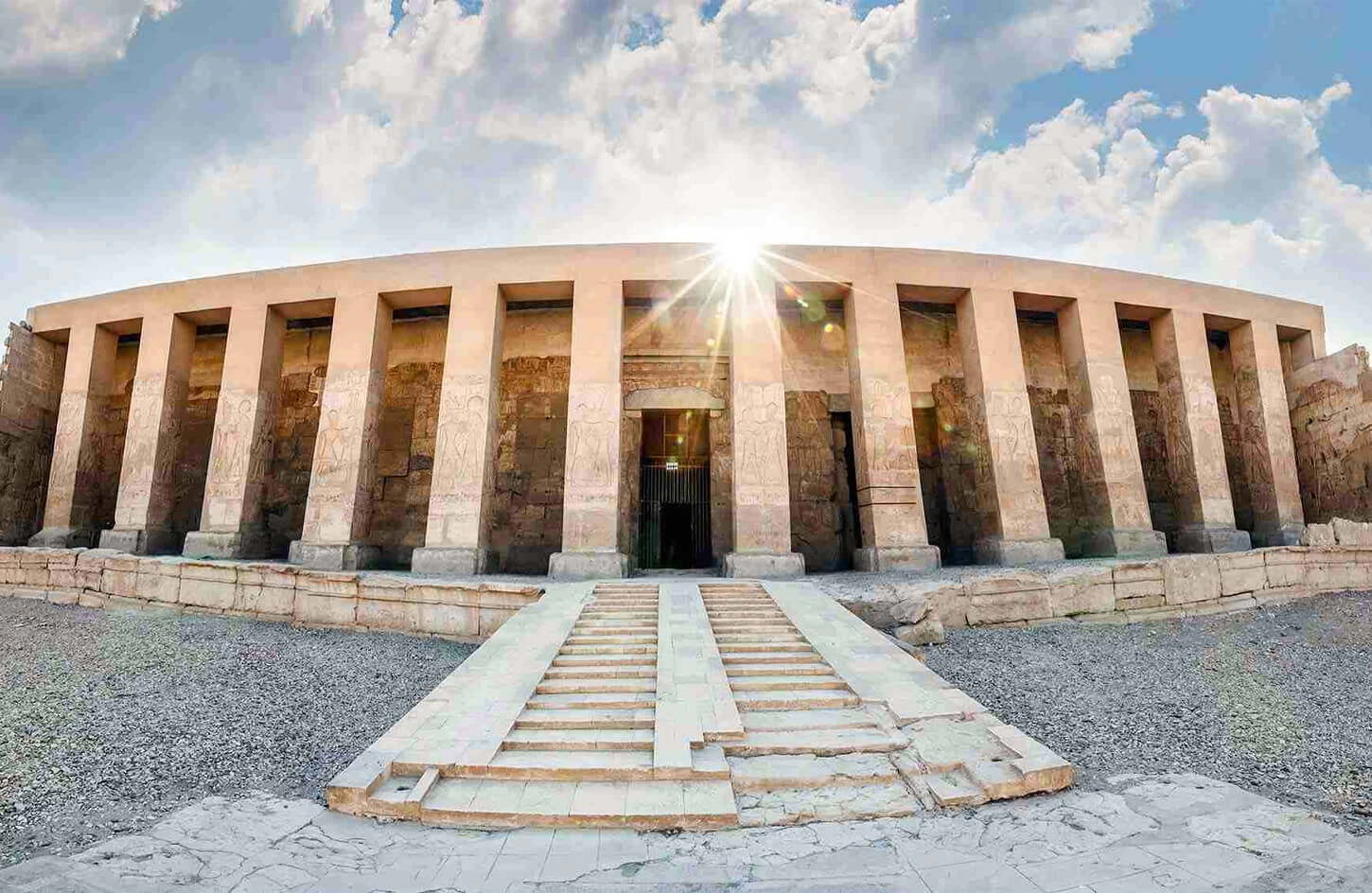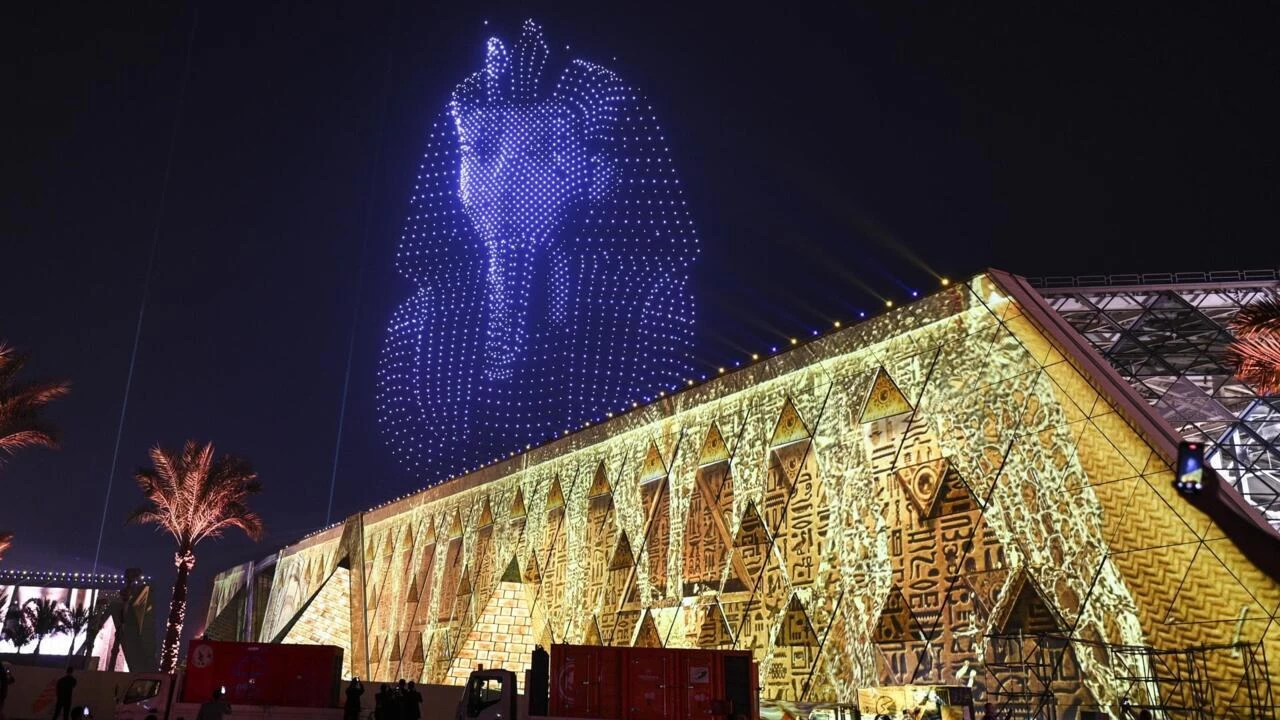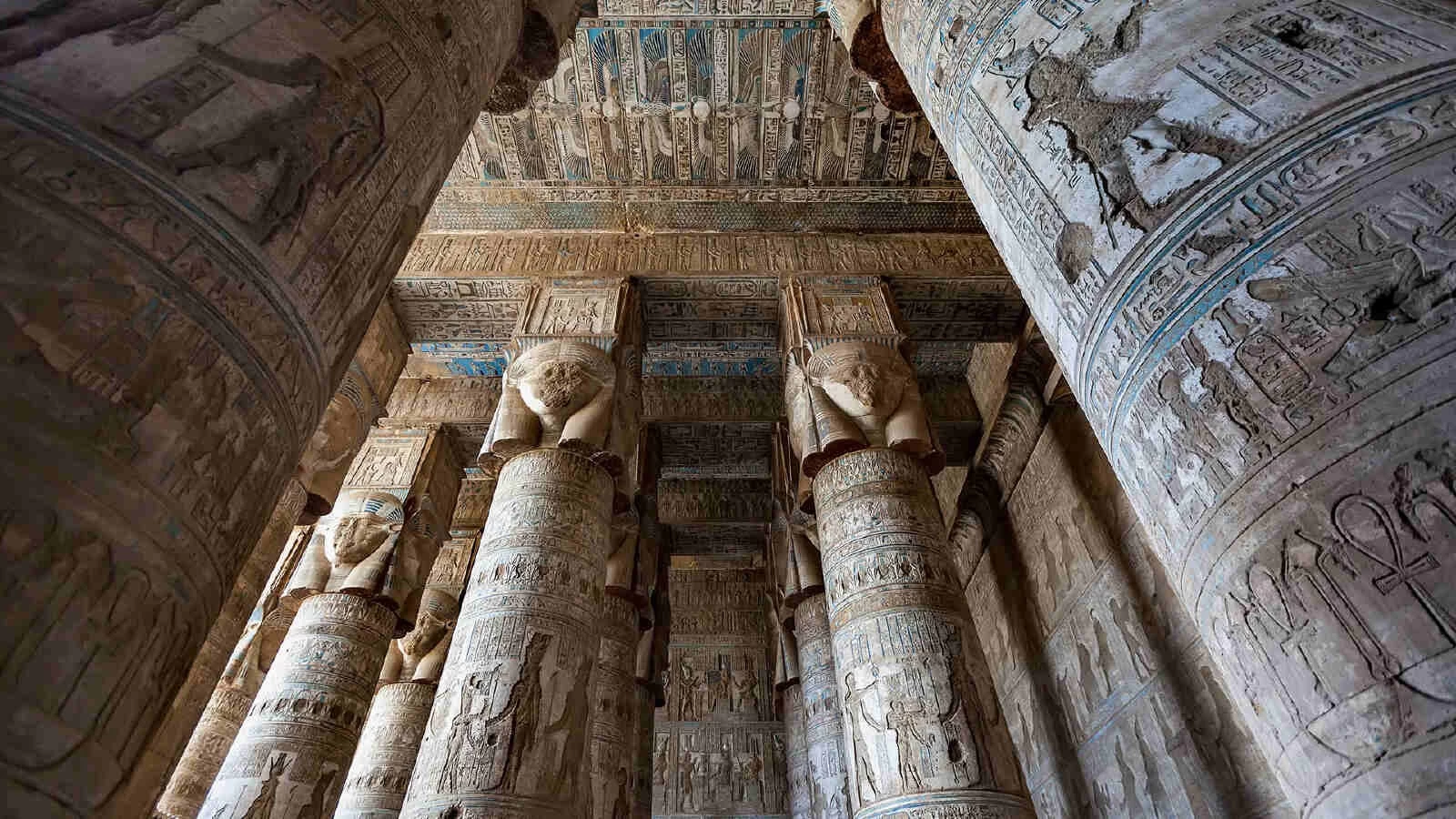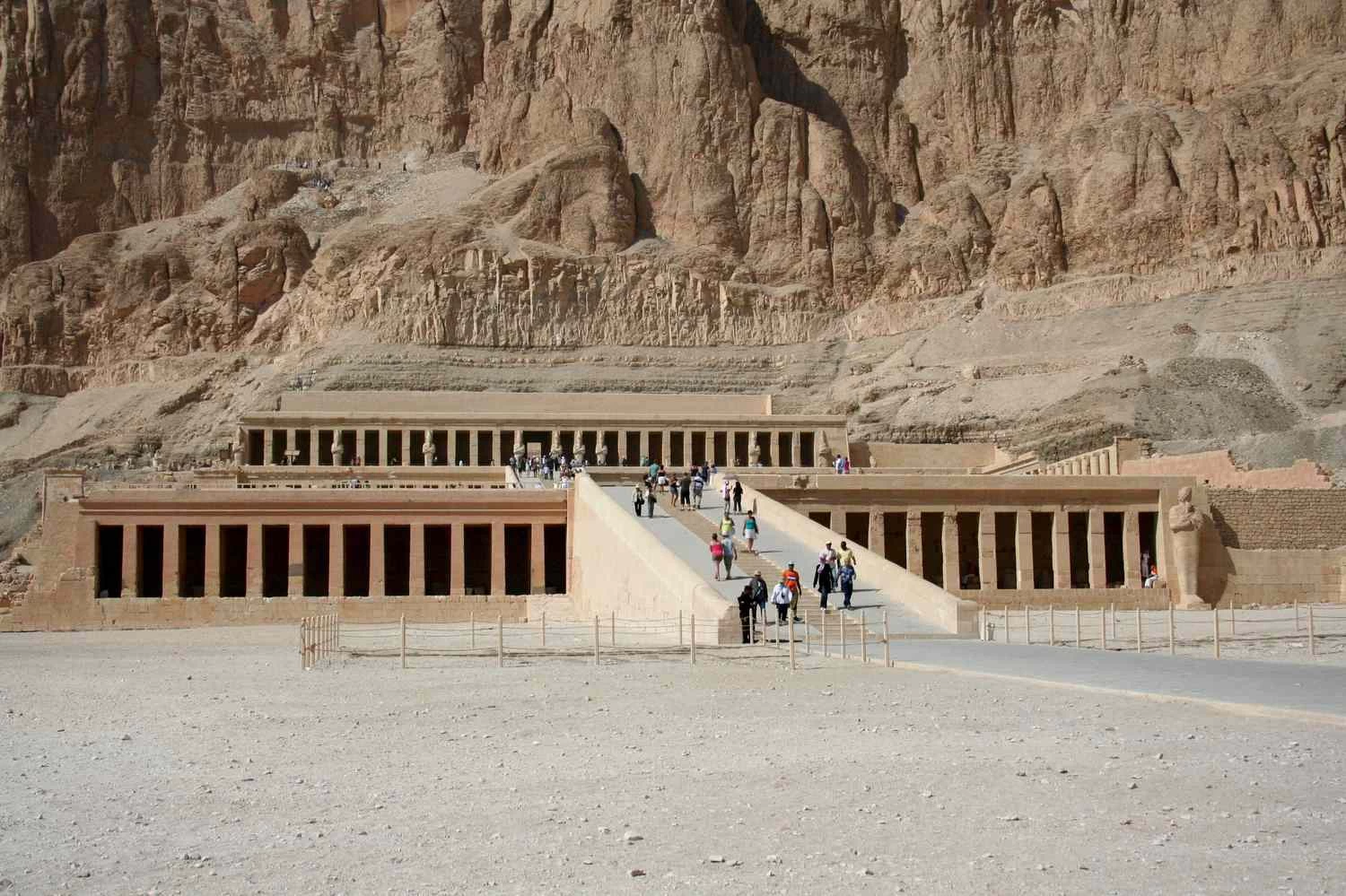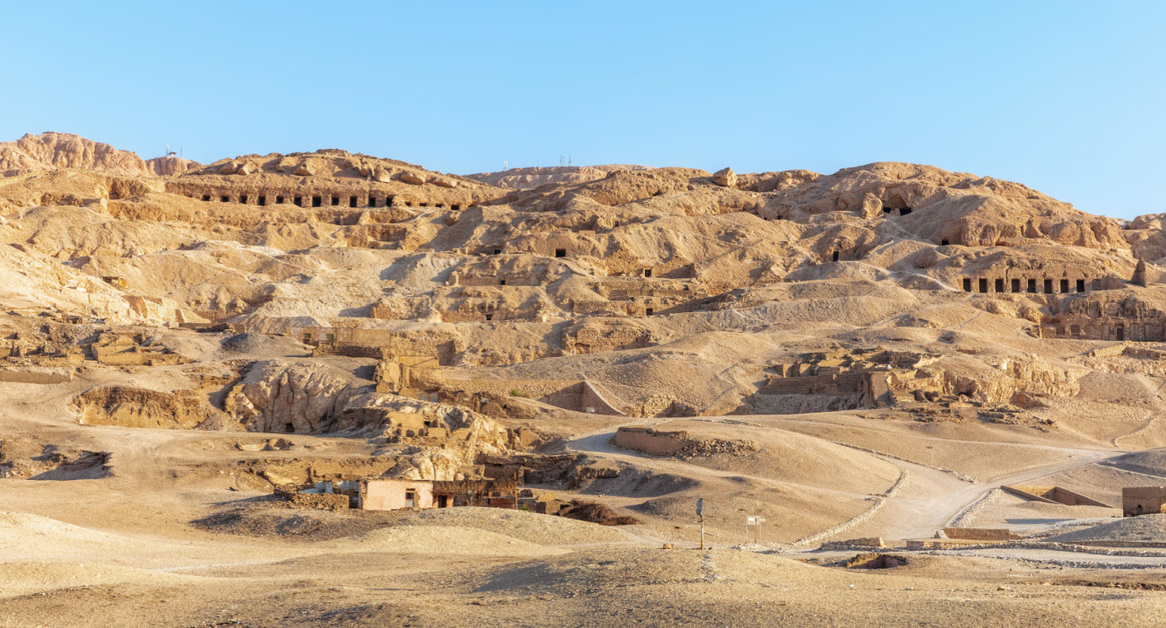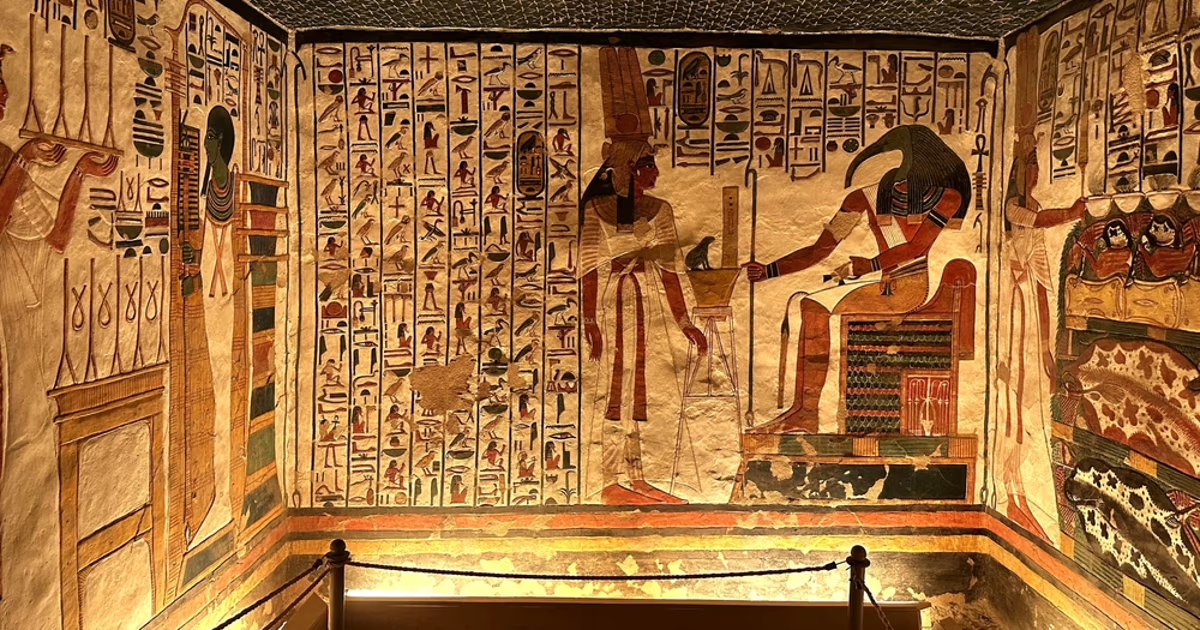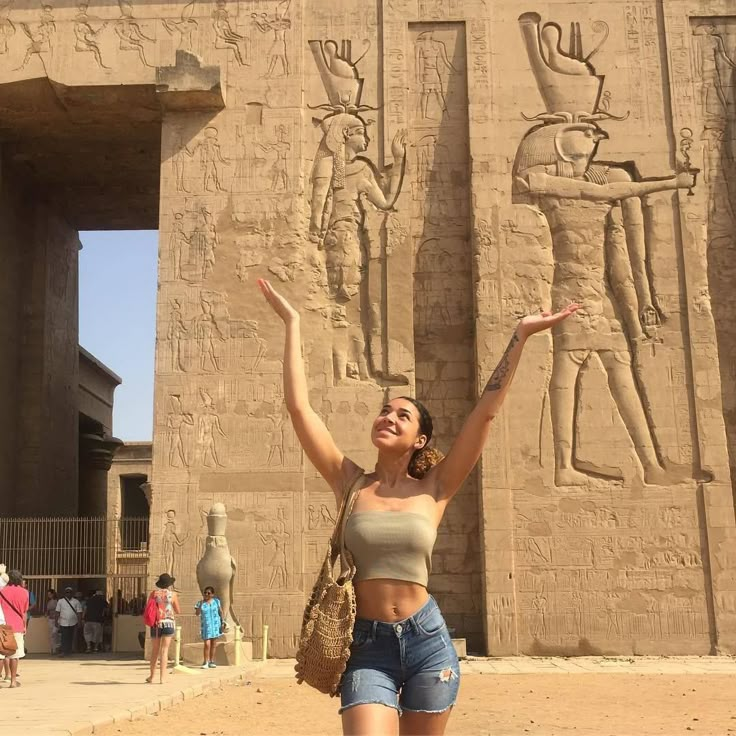Guide to visit Deir el-Medina Temple

The Story Behind the Stones: History of Deir el-Medina
Deir el-Medina is a rare example of an ancient Egyptian village that preserves the individual lives of the artisans and workers who carried out the construction of the royal tombs in the nearby valley. Situated on the west bank of the Nile near Luxor, the town came into being in the earliest days of the 18th Dynasty (circa 1550 BCE) and remained active until the end of the 20th Dynasty. In contrast to the grand temples and monumental tombs, Deir el-Medina presents a rarely obtained glimpse into the daily lives of common people-there were, however, highly skilled craftsmen working for the state. The workers, known as the "Servants in the Place of Truth," lived in small stone houses with their families and kept a tight work schedule: eight days of labor in the royal tombs and two days off.
The site is renowned for the immense archaeological finds, which include intimate personal writings, ostraca (shards of pottery having notes penned upon them), and the finely decorated tombs of the workers with their excellent craftsmanship rivaling that of the nobility. These archives offer unique insights into the ideas, dreams, conflicts, and religious beliefs of the community. Where Deir el-Medina scores historically is in the human sense of things: an intimate portrayal of Egypt’s tomb builders makes it one of the greatest sources for comprehending ancient Egyptian society outside the royal court. It is nowadays a central stop on any Luxor day tour, affording one of the most intimate experiences with the hands that cut Egypt’s best-known monuments.
Guide to Visit Deir el-Medina - Essential Travel Guide
Visiting Deir el-Medina, the ancient village of tomb builders, allows an unusual but very personal view of pharaonic life in Egypt. Whereas temples and royal tombs glorify Egyptian greatness, this site deals with the more mundane aspects of life of the artisans who wrought the greatest wonders of ancient Egypt. To get the most out of your visit, here is everything you need to know.
Getting There
Location: West bank of the Nile, near Luxor, Egypt.
Access: By car, taxi, and also as a day tour from Luxor to include other sites such as the Valley of the Kings, Hatshepsut's Temple, and Medinet Habu.
Getting to Deir El Medinet from Luxor City: Cross the ferry or bridge over the Nile (Luxor Bridge), and from there take a car to this site.
Best Time to See
Great Months: October up to March with cooler temperatures.
Best Times of Day: Early morning, late afternoon.
What to See at Deir El Medinet
The Worker Village: Walk through stone structures where artisans and their families lived.
The Artisans' Tombs: Go to the beautifully decorated tombs that show vivid scenes of family life and religious worship.
Ptolemaic Temple of Hathor: A small but impressively lovely sanctuary to the goddess of love and joy.
Ostraca and Inscriptions: Scraps of ancient notes, letters, and records that form the voices of everyday Egyptians.
Nearby Attractions to Combin
-Valley of the Queens
-Medinet Habu
-Ramesseum
-Temple of Hatshepsut
Traveling Tips to Do in Deir el-Medina
Wear comfortable shoes: Riding in this area can require much walking on uneven paths and rocky terrain.
Bring water, sunscreen, and a hat: There is very little shade, and temperatures build up rather quickly.
Hire a guide or join a guided tour in Luxor: Without the context of the inscriptions and tombs, your visit will lack a great deal.
Entry Fee: Entry is usually paid on the spot (Egyptian Pounds or cards accepted), with different tickets issued for some tombs.
Top Things to Do in Deir el-Medina
Deir el-Medina offers a really close-up view into the daily life of artisans who were responsible for the royal tombs in ancient Egypt. Unlike big monuments, this site tells stories about the people behind the scenes. So here are some top things to do when visiting Deir el-Medina:
1. Walk through the Workers' Village
Walk through the beautifully preserved stone houses in which the craftsmen and their families lived around 3,000 years ago. These small homes give a hint of how people lived, socialized, and went about urban planning during the New Kingdom.
2. Go to the Tombs of the Artisans
Descend into the vibrant wall-painted tombs of Sennedjem, Pashedu, and Inherkau, depicting scenes of day-to-day family life, agriculture, and the journey to the afterlife. These are small tombs but artistically very alluring and intimate.
3. Appreciate the Temple of Hathor
The Ptolemaic Temple of Hathor, located just outside the village, is a small, delightful structure dedicated to the goddess of love, music, and motherhood. It stands as evidence of the religious significance of this site into later times.
4. Look at Ancient Inscriptions and Ostraca
Deir el-Medina is well known for thousands of ostraca (pottery shards bearing inscriptions) discovered on the spot. They are personal letters, work schedules, legal documents, and even funny sketches—giving us this rare gaze into ancient written communication.
5. Enjoy the Panoramic Views
Climb the hills overlooking the Theban Necropolis and the Nile Valley. It's an idyllic spot to contemplate how starkly different life was for the busy workers in contrast to the royal tombs standing nearby.
Why Deir el-Medina Is One of the Hidden Gems
While crowds of tourists alternate between monumental temples and royal tombs, Deir el-Medina stands substantially underrated and yet noticeably fascinating. Set at the west bank of the Nile, the ancient village offers a uniquely personal glimpse of how the tomb-builders of pharaohs lived each day. Unlike sacrosanct Karnak or mystical Valley of the Kings, Deir el-Medina exhibits the humanistic side of ancient Egypt place where families lived, earned, prayed, and recorded their thoughts on pieces of pottery and walls.
Whether you are a historian, an art lover, or merely a curious traveler, Deir-el-Medina is a hidden treasure that adds an amazing depth to any day trip in Luxor, making it one of the most rewarding stops in all of Upper Egypt.
-webp.webp)
-webp.webp)
-(1)-webp.webp)
